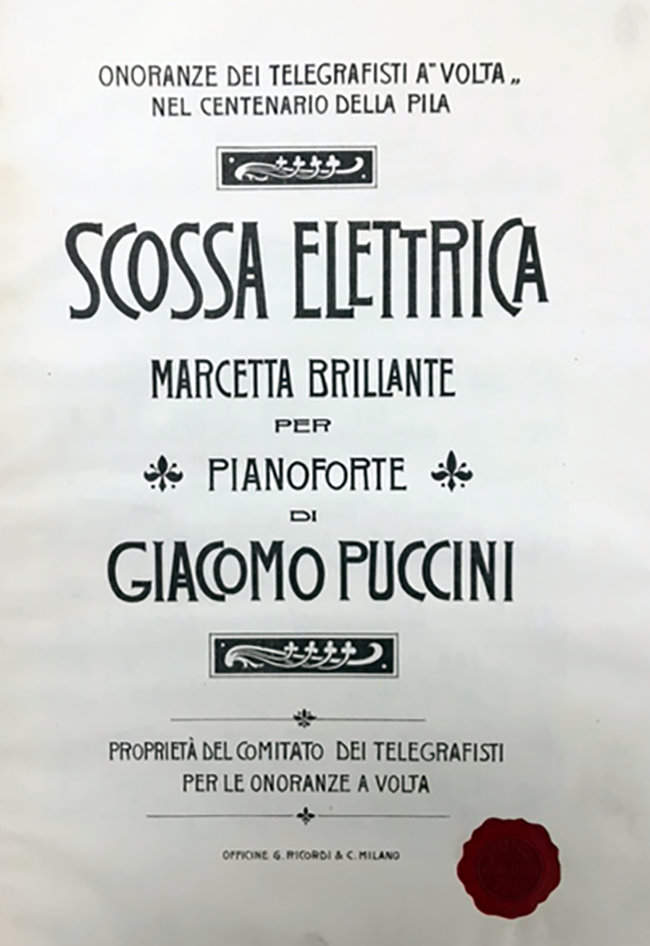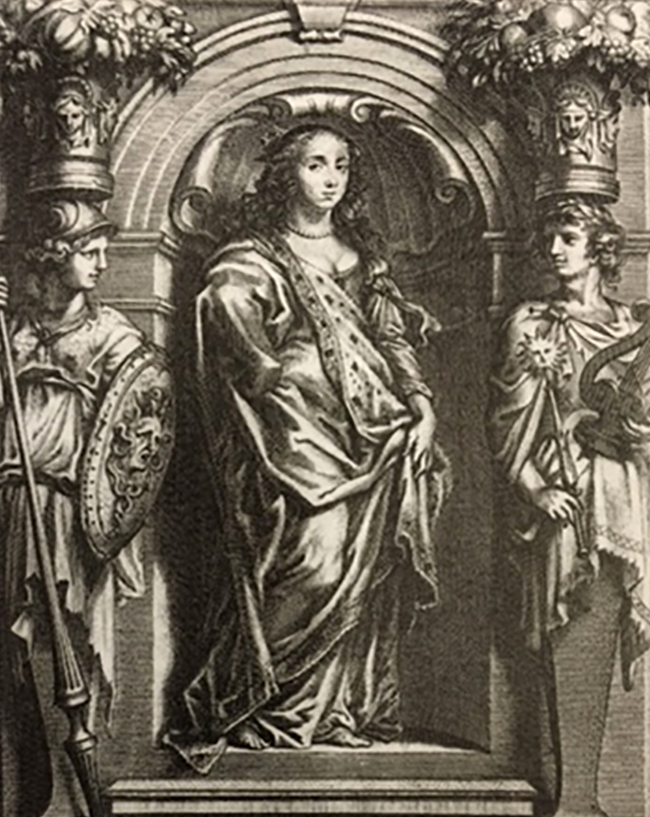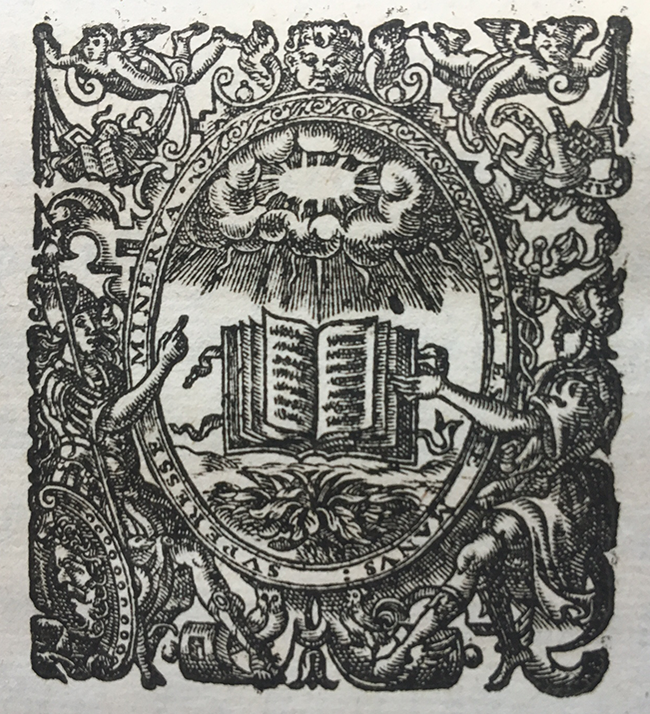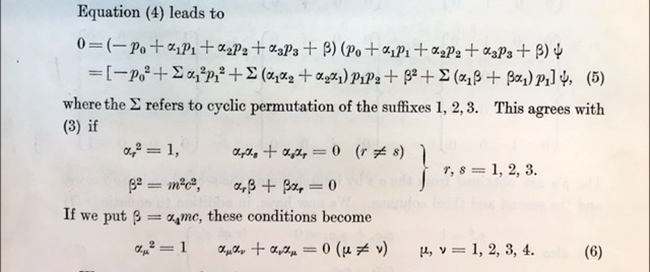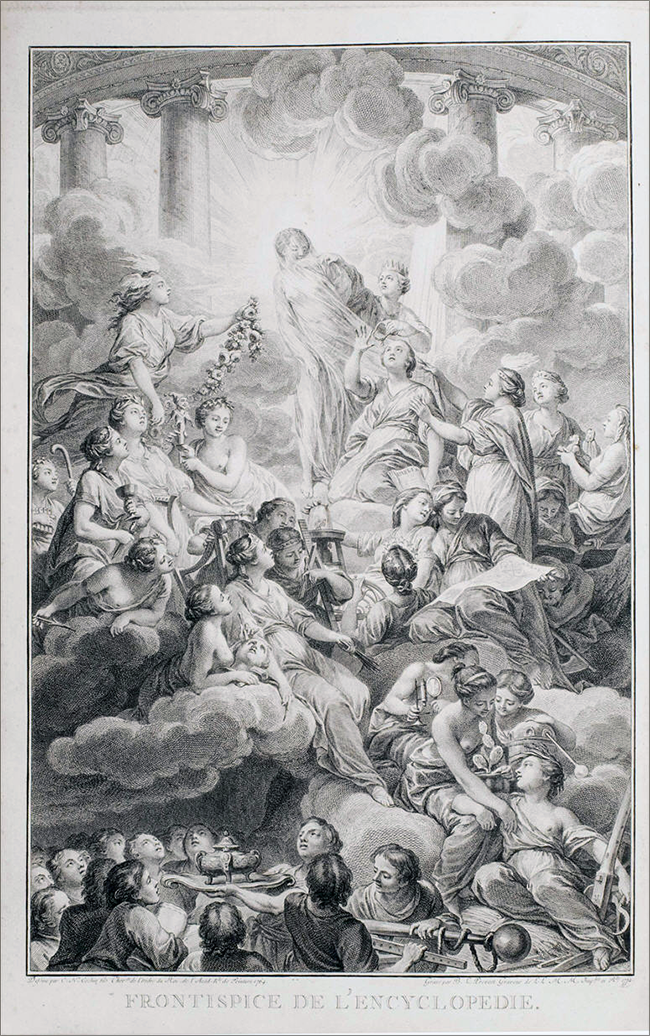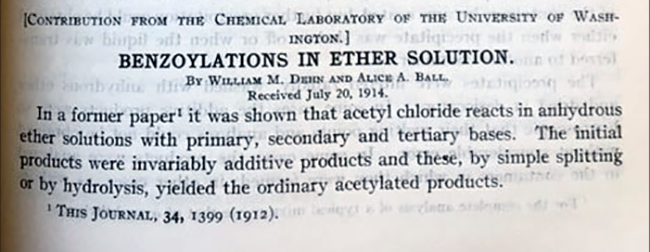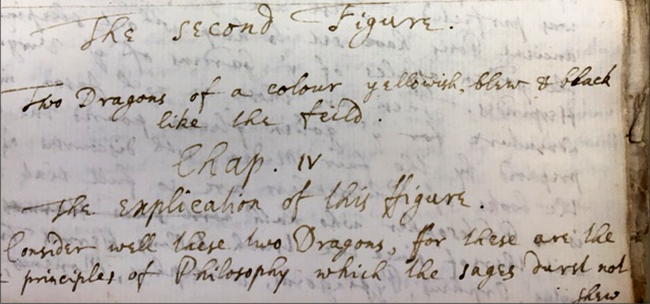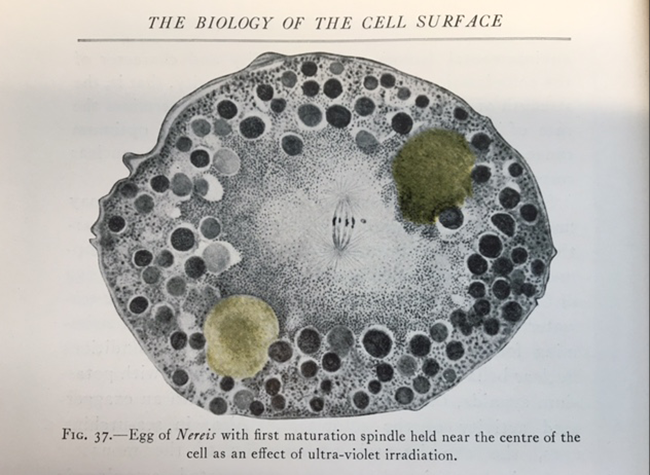Naming Names
In 1916, when MIT’s majestic Cambridge campus opened, the buildings surrounding its Great Court (now called Killian Court) were inscribed with the names of men who’d made notable contributions to science and technology.
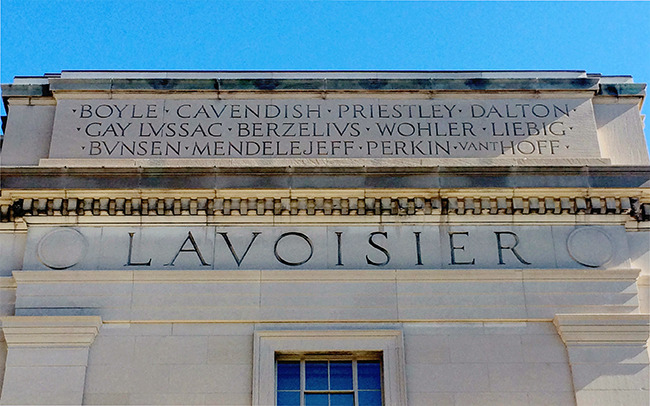
A century later, MIT celebrated the centennial of its move from Boston to Cambridge. During the 2016 festivities, we decided to look at the names carved into those buildings with fresh eyes and consider whether things might be done differently if the campus were being built today.
To make one thing clear: every name that was carved into the “original group” of buildings belongs there. Some of the names – Leonardo, Copernicus, Archimedes – are so famous that there’s nearly nothing new to be said about them. And the less well-known names in Killian Court, too, have earned the immortality that goes with being carved in stone.
Still, from our vantage point in 2016 we were aware of a large number of 20th century individuals whose names would clearly be competitive for inclusion if the stone carving were taking place today. We could also identify many people from earlier centuries whose names really ought to have been considered for inclusion back in 1916.

